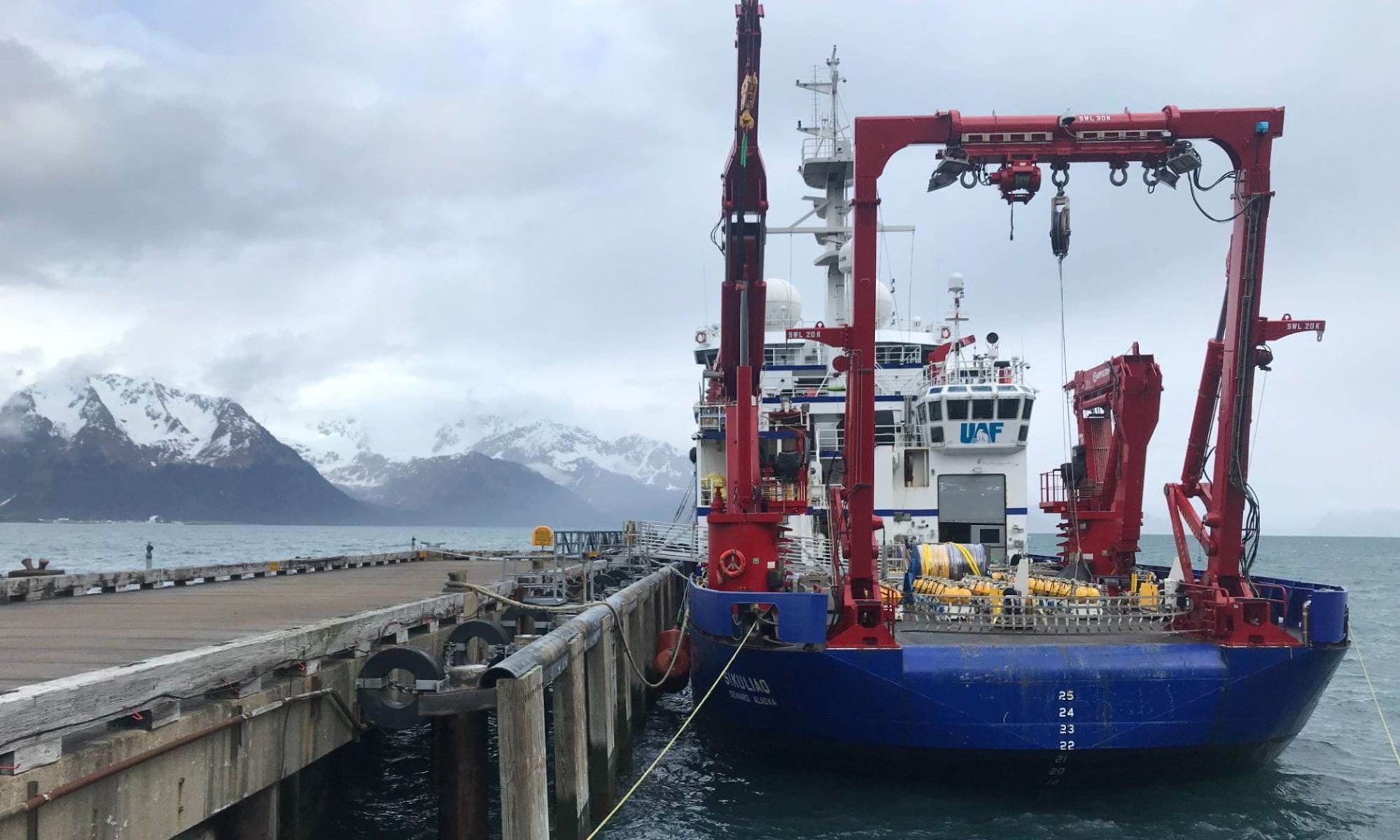We are currently at sea, aboard the R/V Marcus G. Langseth, collecting the data for this project. Click here to see our blog of the research cruise!
The existence of a weak, ductile asthenosphere is fundamental for the operation of plate tectonics on Earth since it enables the motion of the plates. Since the discovery of plate tectonics more than 60 years ago, the dominant mechanism responsible for this weakening remains a topic of scientific debate. The EPIC project will attempt to contribute to our understanding by combining seismic and magnetotelluric imaging on the Cocos oceanic plate.
The debate centers on two competing mechanisms: partial melting and hydration of the mantle. In theory, geophysical imaging of seismic velocity and electrical resistivity can distinguish between these competing mechanisms, but inherent trade-offs and uncertainties associated with inferring physical properties from the field observations result in significant ambiguity. This project will image the seismic and electric structure of the mantle beneath a portion of the Cocos Plate in the eastern equatorial Pacific Ocean, where the presence of asthenospheric melt is confidently known. The new observations will provide an independent calibration for the effect of asthenospheric melt on seismic and electric properties and constrain the regional extent and geometry of the melt. This will in turn enable improved understanding of the source of anomalous volcanism in the region. The project will support the research activities of four graduate students and several undergraduate students, as well as data sharing and collaboration with partners in the neighboring countries of Nicaragua and Costa Rica. More than 20 cruise participants will be trained in geophysical data acquisition during two research expeditions, including PIs, students, international partners, and community participants.


